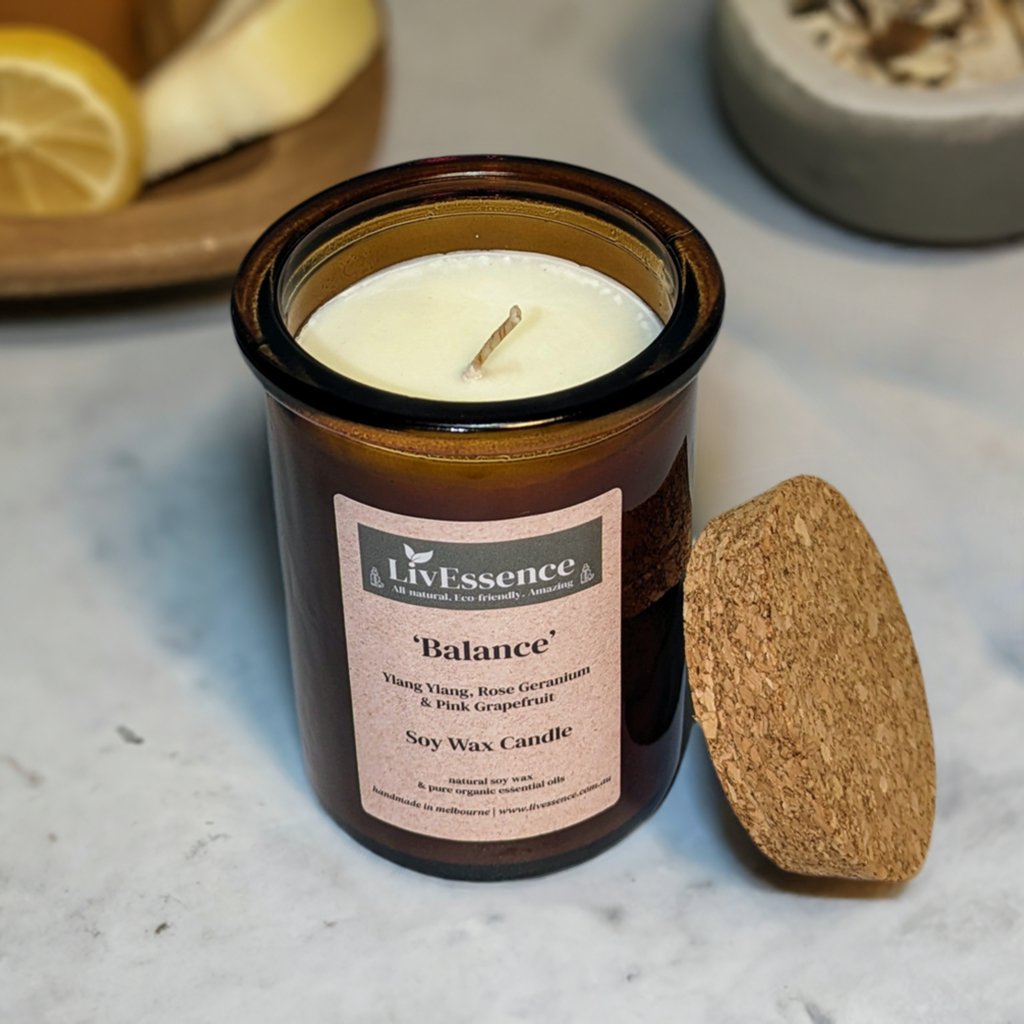Elevate Your Area with Costs Soy Wax Candles and Home Fragrance
Elevate Your Area with Costs Soy Wax Candles and Home Fragrance
Blog Article
From Wick to Wax: Understanding the Chemistry Behind Soy Wax Candles and Their Environmental Impact
As we brighten our rooms with the cozy radiance of candle lights, there lies a realm of complex chemistry behind the seemingly easy act of lighting a soy wax candle. Join us as we decipher the clinical details behind soy wax candles and discover their ramifications on our atmosphere.
Soy Wax Vs. Paraffin Wax
When comparing soy wax and paraffin wax for candle making, it is necessary to understand the distinct qualities and benefits of each product. Soy wax is an all-natural, sustainable source originated from soybean oil, making it naturally degradable and green - soy wax candles. In contrast, paraffin wax is a by-product of oil refining, which elevates problems regarding its environmental impact and sustainability
Soy wax candles burn cleaner and send out less residue contrasted to paraffin wax candle lights, making them a healthier selection for indoor air top quality. Furthermore, soy wax has a reduced melting factor, allowing for a longer-lasting candle that spreads scent extra efficiently. Paraffin wax, on the other hand, often tends to shed faster and less cleanly, possibly releasing damaging chemicals into the air.
From a sustainability viewpoint, soy wax is favored for its biodegradability and renewable sourcing, straightening with the expanding consumer preference for eco aware items. While paraffin wax has been a typical option in candle light making as a result of its cost and ease of usage, the change towards green choices like soy wax is getting momentum in the market.
Chemical Composition of Soy Wax

Burning Refine in Soy Candles
The chemical structure of soy wax directly influences the combustion process in soy candles, impacting factors such as shed time, scent launch, and environmental influence. When a soy candle light is lit, the warm from the flame melts the wax near the wick.
The combustion performance of soy candle lights is influenced by the purity of the soy wax and the high quality of the wick. Additionally, soy wax candles have a lower environmental influence contrasted to paraffin candle lights due to their sustainable and naturally degradable nature.

Ecological Benefits of Soy Wax

Thought about a lasting alternative to traditional paraffin wax, soy wax uses notable environmental advantages that make it a preferred choice among eco-conscious customers. Soy wax home fragrance burns cleaner and produces less soot than paraffin wax, adding to much better interior air high quality and minimizing the requirement for cleaning and upkeep. On the whole, the environmental benefits of soy wax align with the expanding demand for environmentally friendly and lasting products in the market.
Recycling and Disposal Factors To Consider
Recycling and proper disposal of soy wax candles play an essential function in keeping environmental sustainability and decreasing waste in families and communities. The very first action is to make sure that the candle light has actually melted completely when it comes to reusing soy wax candle lights. This can be achieved by allowing the candle to burn until the wick is no more usable, and afterwards allowing the continuing to be wax cool and solidify. When the wax has strengthened, it can be thoroughly gotten rid of from the container.

In terms of disposal, if recycling is not a choice, soy wax candle lights are eco-friendly and can be safely thrown away in most house waste systems. It is always recommended to check with regional recycling facilities or waste monitoring solutions for certain guidelines on candle disposal to ensure proper handling and ecological protection.
Final Thought
In final thought, the chemistry behind soy wax candle lights discloses their ecological advantages over paraffin wax candles. Soy wax, originated from soybean oil, burns cleaner and generates much less soot when compared to paraffin wax. The burning procedure in soy candle lights is much more reliable, bring about a longer and extra also burn. In addition, soy wax is sustainable and eco-friendly, making it a much more sustainable choice for candle light manufacturing. Recycling and appropriate disposal of soy wax candle lights even more add to their ecological influence.
When contrasting soy wax and paraffin wax for candle making, it is essential to comprehend the distinct characteristics and advantages of each material (candles).Soy wax candles shed cleaner and emit much less residue compared to paraffin wax candles, making them a healthier choice for indoor air quality.Taken into consideration a sustainable choice to conventional paraffin wax, soy wax offers notable environmental benefits that make it a popular option amongst eco-conscious consumers. Soy wax burns cleaner and creates much less soot than paraffin wax, adding to better interior air top quality and reducing the need for cleaning and maintenance.In final thought, the chemistry behind soy wax candle lights exposes their environmental advantages over paraffin wax candle lights
Report this page